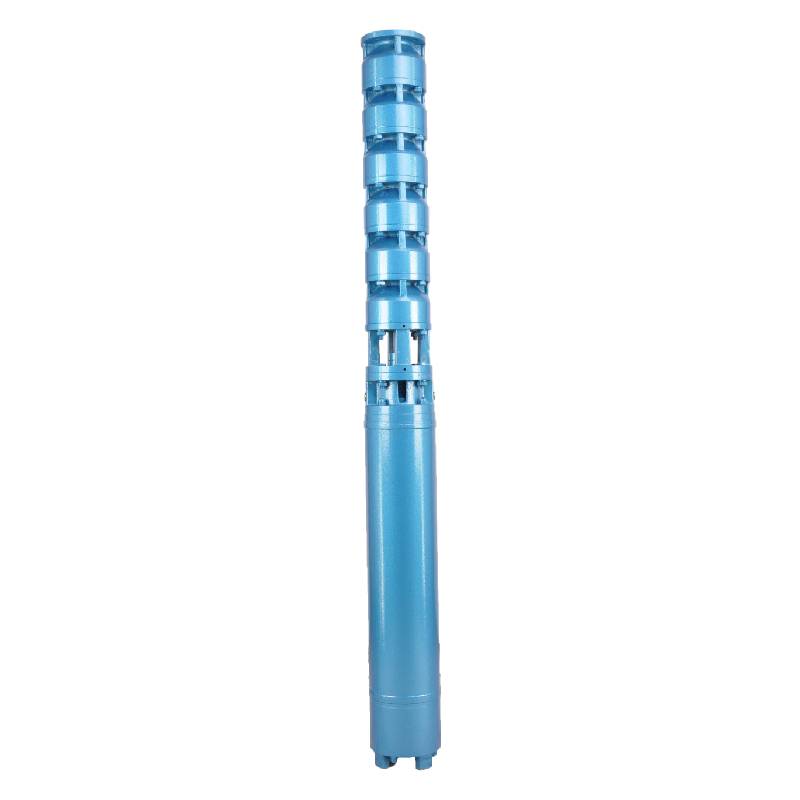Aug . 13, 2024 22:56 Back to list
Comparing Prices and Features of Submersible Bore Pumps for Your Specific Needs
Understanding Submersible Bore Pump Prices
Submersible bore pumps have become an essential tool in various industries, including agriculture, construction, and municipal water supply. These pumps operate underwater, effectively drawing water from deep beneath the ground. As demand for these pumps rises, understanding the factors influencing their pricing becomes crucial for consumers, businesses, and project managers.
What is a Submersible Bore Pump?
A submersible bore pump is a type of centrifugal pump designed to function while submerged in water. Unlike standard pumps that must be located above the water source, submersible pumps are installed directly in the well. They consist of a motor, impellers, and a pump housing, which work together to lift water efficiently. Their design allows them to operate quietly and with minimal energy consumption, making them ideal for a variety of applications.
Key Factors Influencing Price
1. Material and Build Quality The materials used in constructing submersible bore pumps significantly affect their price. High-quality, corrosion-resistant materials such as stainless steel and thermoplastic may increase costs but ensure durability and longer service life. Pumps designed for specific applications, like agricultural or industrial use, may feature reinforced designs to cope with challenging conditions, also impacting pricing.
2. Power and Capacity Submersible bore pumps come in a range of power ratings and capacities, which directly correlate with their prices. More powerful pumps capable of lifting significant volumes of water from greater depths typically cost more due to their advanced engineering and technology. Consumers must assess their specific water needs, as selecting the right capacity can prevent overpayment for unnecessary power.
submersible bore pump price

3. Brand Reputation Like most products, brand reputation plays a critical role in pricing. Established brands with a history of reliable performance will often command higher prices compared to lesser-known manufacturers. Investing in a reputable brand can provide peace of mind regarding quality and after-sales support.
4. Technology and Features Modern submersible bore pumps often feature advanced technologies that improve efficiency and usability. Integrated sensors, variable frequency drives, and smart control options can enhance performance but may come at a premium. Buyers should weigh the potential benefits of these features against their cost in order to make informed decisions.
5. Market Demand and Geographic Location Prices can fluctuate based on regional demand and the availability of pumps. In areas with high water demand, such as agriculture-sensitive regions, prices may be higher due to increased competition for limited supplies. Additionally, transportation costs and local regulations can also influence the final market price.
Average Price Ranges
The price of submersible bore pumps can vary significantly based on the aforementioned factors. On average, consumers can expect to pay between $200 to $2,500 for a submersible bore pump. Entry-level models suitable for simpler applications may fall on the lower end of this spectrum, while heavy-duty pumps designed for industrial use or those with advanced technology can reach the upper limits.
Conclusion
Investing in a submersible bore pump is an important decision that requires careful consideration of various factors influencing pricing. Quality of materials, power capacity, brand reputation, technological features, and market dynamics all play essential roles in determining the final cost. By understanding these factors, consumers can make informed purchases that best suit their water extraction needs while ensuring reliability and efficiency. Whether for agricultural purposes, domestic water supply, or industrial applications, the right submersible bore pump represents a crucial element in managing water resources effectively.
-
Submersible Water Pump: The Efficient 'Power Pioneer' of the Underwater World
NewsJul.01,2025
-
Submersible Pond Pump: The Hidden Guardian of Water Landscape Ecology
NewsJul.01,2025
-
Stainless Well Pump: A Reliable and Durable Pumping Main Force
NewsJul.01,2025
-
Stainless Steel Submersible Pump: An Efficient and Versatile Tool for Underwater Operations
NewsJul.01,2025
-
Deep Well Submersible Pump: An Efficient 'Sucker' of Groundwater Sources
NewsJul.01,2025
-
Deep Water Well Pump: An Efficient 'Sucker' of Groundwater Sources
NewsJul.01,2025
-
 Submersible Water Pump: The Efficient 'Power Pioneer' of the Underwater WorldIn the field of hydraulic equipment, the Submersible Water Pump has become the core equipment for underwater operations and water resource transportation due to its unique design and excellent performance.Detail
Submersible Water Pump: The Efficient 'Power Pioneer' of the Underwater WorldIn the field of hydraulic equipment, the Submersible Water Pump has become the core equipment for underwater operations and water resource transportation due to its unique design and excellent performance.Detail -
 Submersible Pond Pump: The Hidden Guardian of Water Landscape EcologyIn courtyard landscapes, ecological ponds, and even small-scale water conservancy projects, there is a silent yet indispensable equipment - the Submersible Pond Pump.Detail
Submersible Pond Pump: The Hidden Guardian of Water Landscape EcologyIn courtyard landscapes, ecological ponds, and even small-scale water conservancy projects, there is a silent yet indispensable equipment - the Submersible Pond Pump.Detail -
 Stainless Well Pump: A Reliable and Durable Pumping Main ForceIn the field of water resource transportation, Stainless Well Pump has become the core equipment for various pumping scenarios with its excellent performance and reliable quality.Detail
Stainless Well Pump: A Reliable and Durable Pumping Main ForceIn the field of water resource transportation, Stainless Well Pump has become the core equipment for various pumping scenarios with its excellent performance and reliable quality.Detail
